Amphitheatre of Italica
The Roman city was the birthplace of various emperors and is home to one of the empire's most impressive architectural feats.
After some centuries of abandonment and a loss of reliable references, during the 16th-century the memories of the Roman city of Italica began to reemerge.
This recovery process continued into the next century. Fray Fernando de Zevallos’s, La Itálica is our main source of knowledge about the Roman city that gave birth to several emperors. By the end of the 17th century, Francisco de Bruna had excavated a large portion of the old city and amphitheater discovering various sculptures and artifacts.
During the 19th century, aside from the uncontrolled excavations carried out by the English and French, romantic travelers were mostly responsible for rescuing the vestiges of the Roman city. In 1912, Italica and its amphitheater were declared a National Monument.
It’s believed that the amphitheater was constructed under the orders of Emperor Hadrian, who also wanted to reconstruct the entire city. The theater was composed of brick and hewn stone, and played host to gladiator battles, historic battle re-creations, and hunting games involving animals. Most of the events carried out inside the theater were considered “bloodsports.”
The stadium could hold up to 25,000 spectators, although it’s believed that Italica was only home to around 10,000 people. It would go on to be known as one of the largest amphitheaters to grace the Roman empire. The theatre is an absolutely stunning example of Roman architecture and technical knowledge. It’s a must-visit.








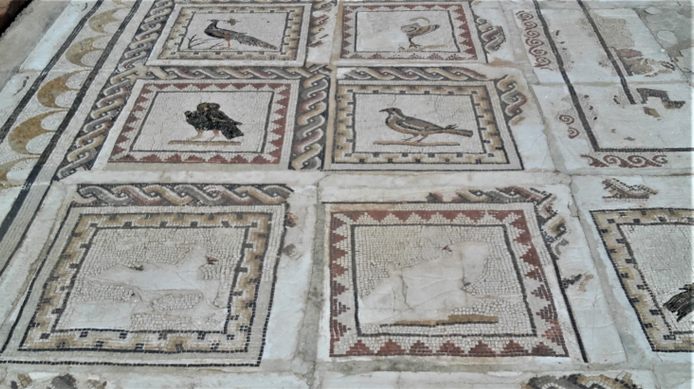
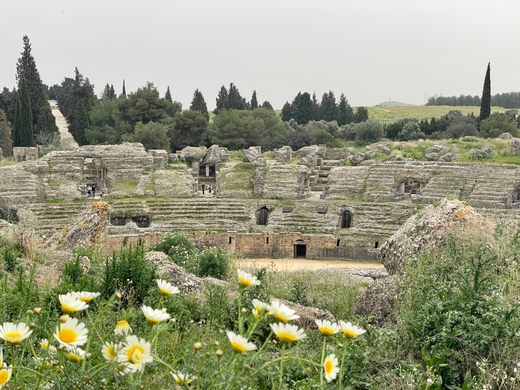








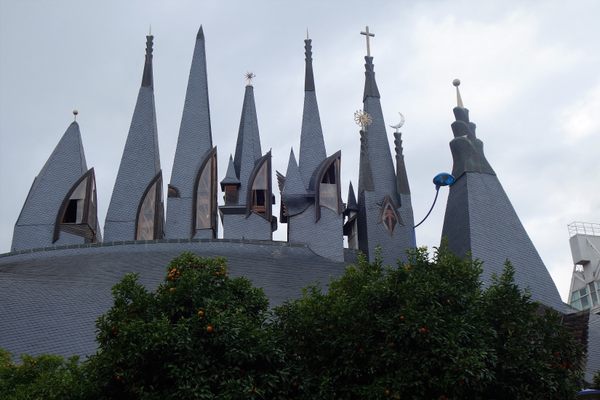
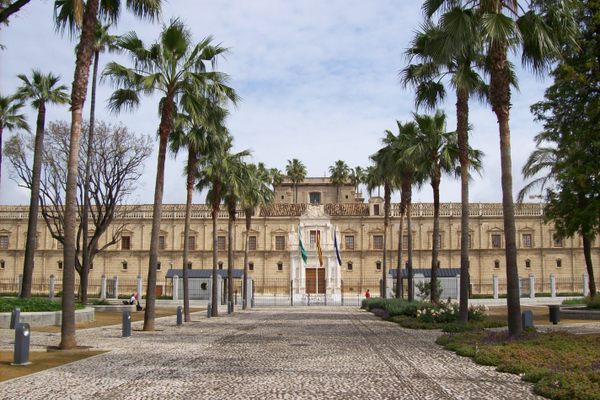



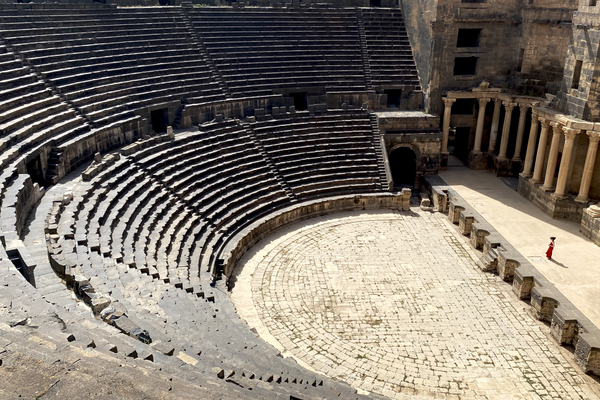
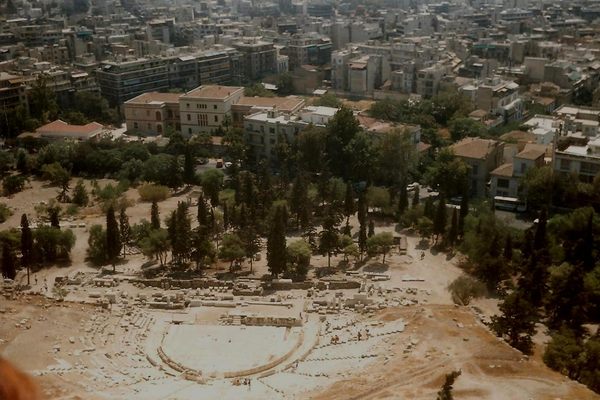


Follow us on Twitter to get the latest on the world's hidden wonders.
Like us on Facebook to get the latest on the world's hidden wonders.
Follow us on Twitter Like us on Facebook